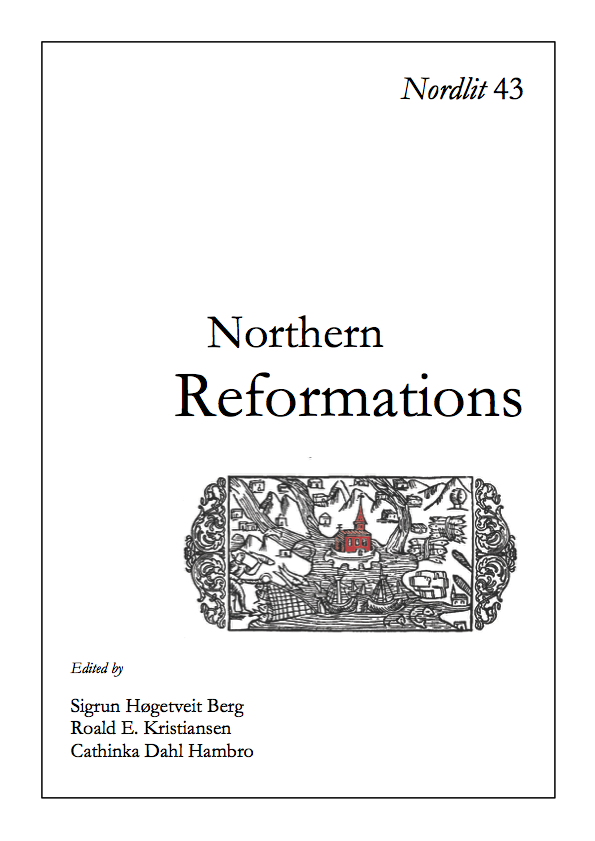The Reformation and the Linguistic Situation in Norway
DOI:
https://doi.org/10.7557/13.4903Keywords:
Reformation, History of Norwegian, Danish in Norway, Bible Translation, Language of the ChurchAbstract
The article gives a short account of the development of the spoken language from Old Norwegian to Modern Norwegian, the transition from Norwegian to Danish as the written language in Norway and the language of the church around the Reformation. It is argued that the changes in the spoken language were a long-term development completed, on the whole, at the time of the Reformation, that the transition from Norwegian to Danish as the written language was also well on the way before the Reformation, and that the vernacular was not abruptly introduced in the Lutheran service. So, the linguistic situation in the centuries following the Reformation is only to a lesser degree a result of the Reformation itself. The Reformation should first and foremost be credited with the translation of the Bible into Danish and with it the consolidation of a modern form of Danish which was spread through the extensive religious literature of the time. Later this consolidated written language formed the basis for the development of a higher variety of spoken Norwegian.









